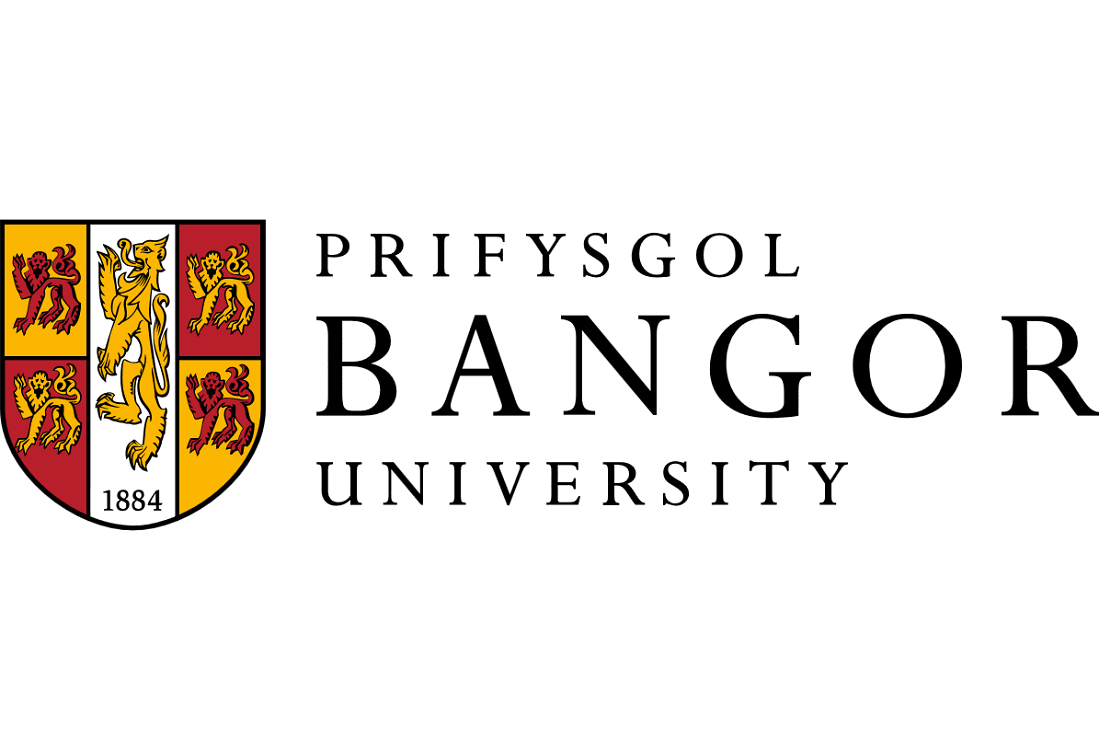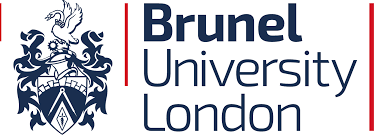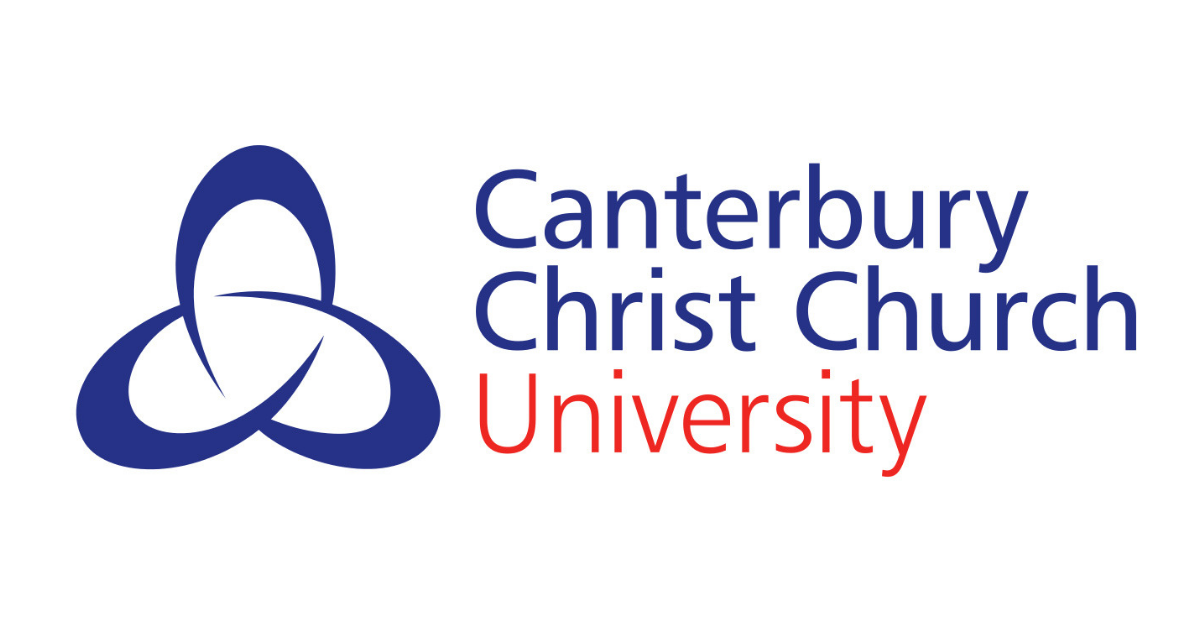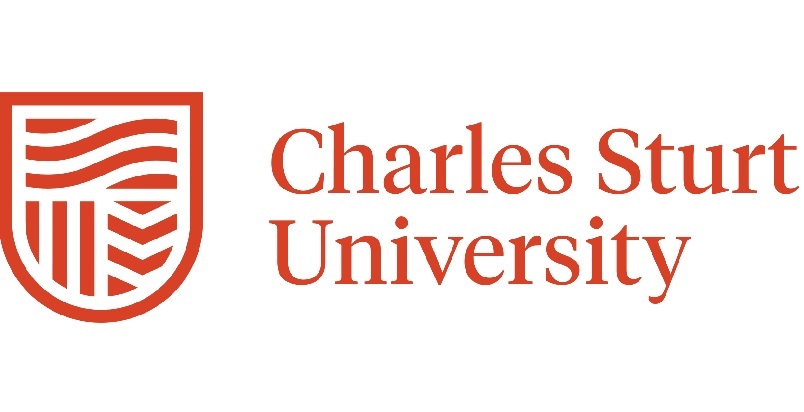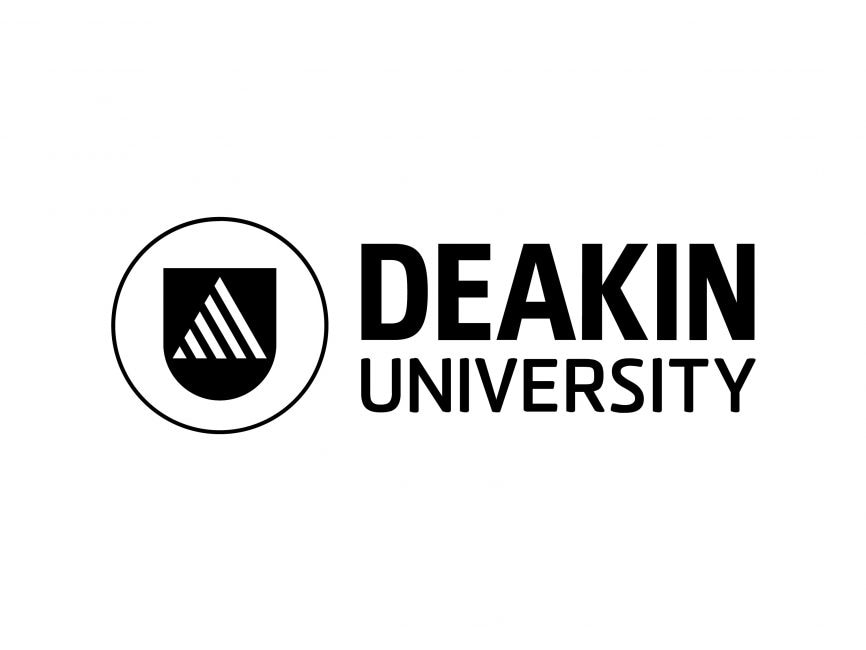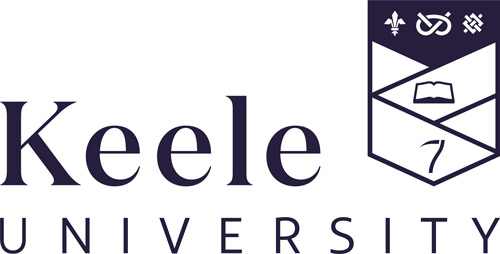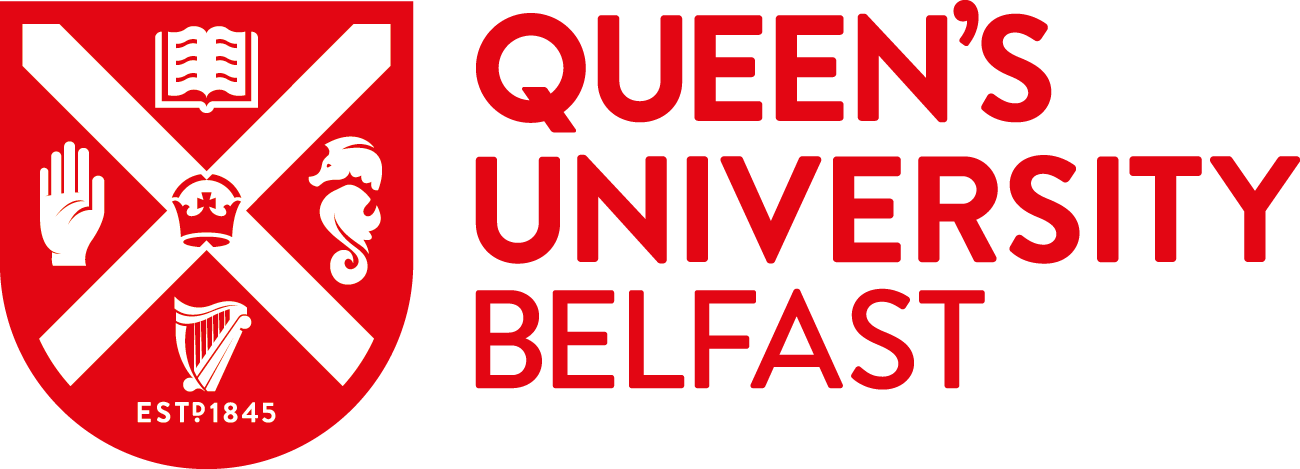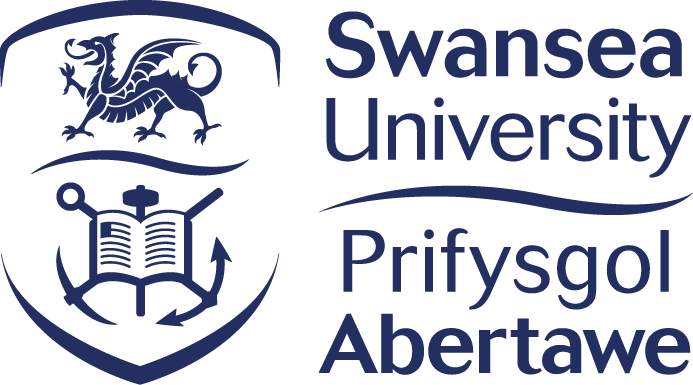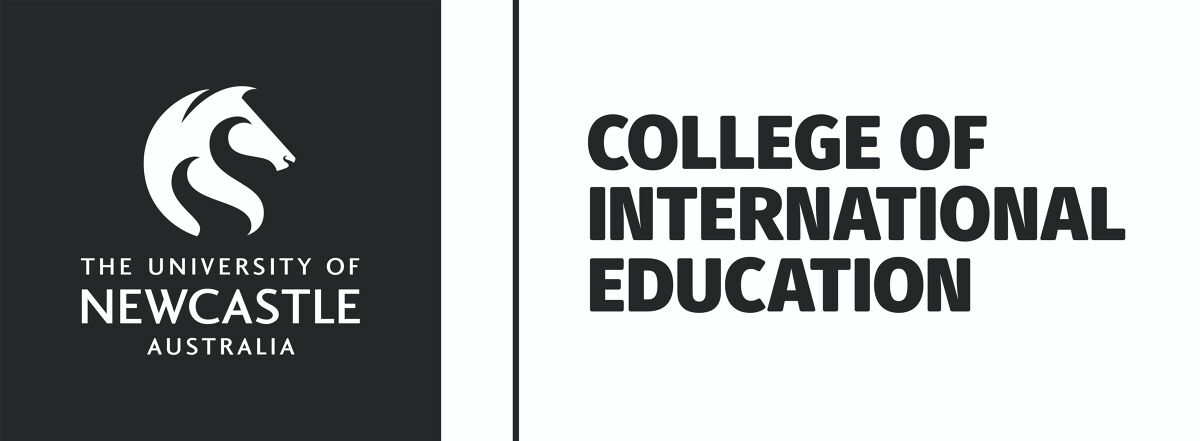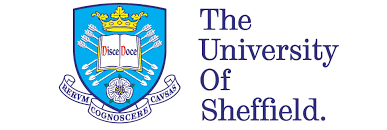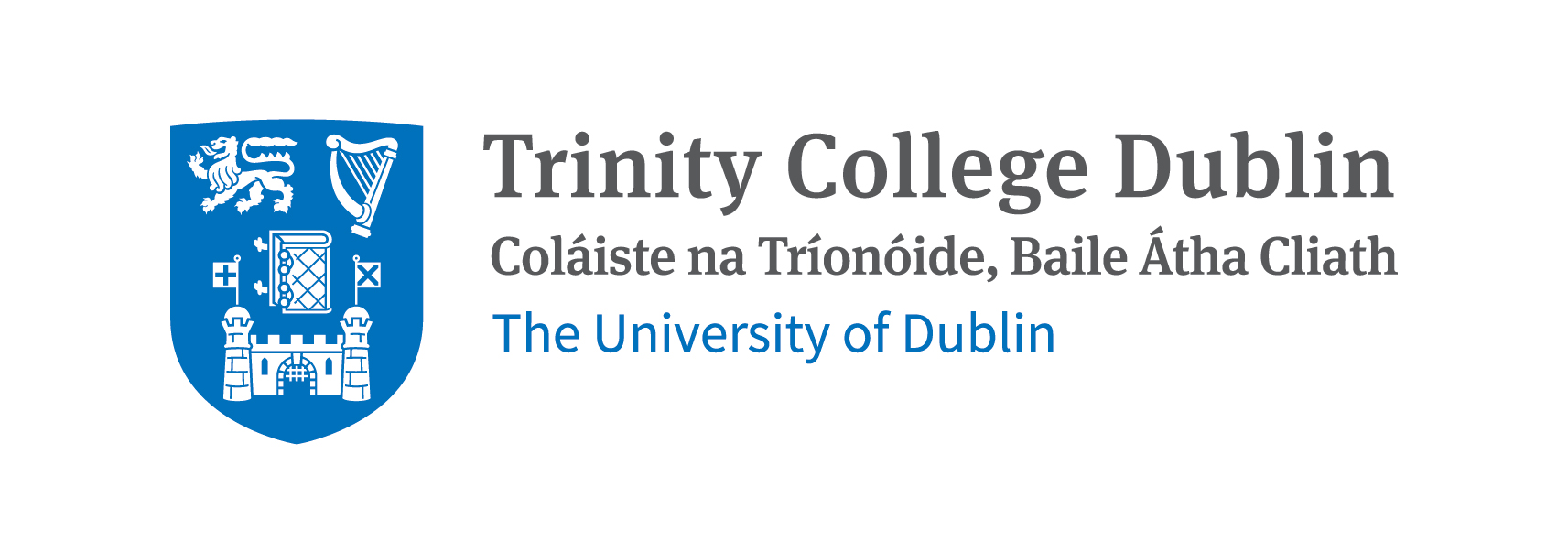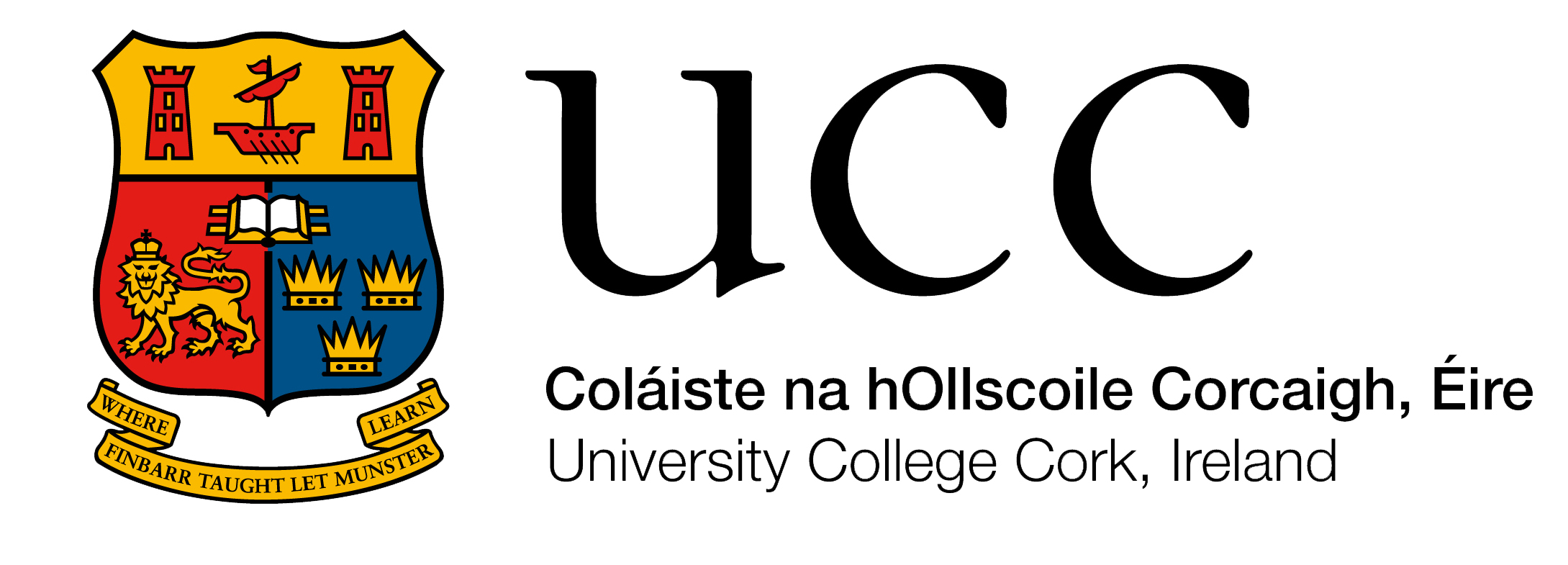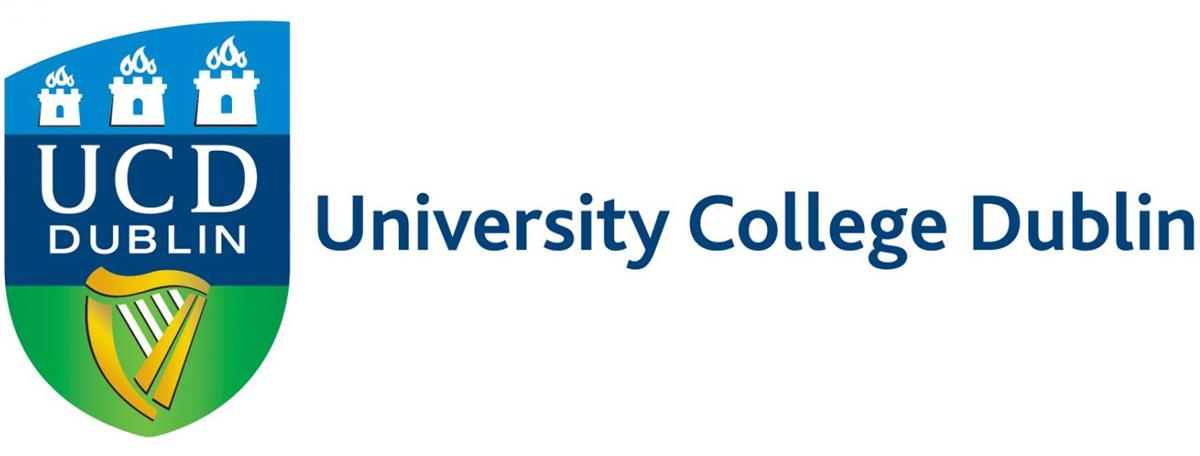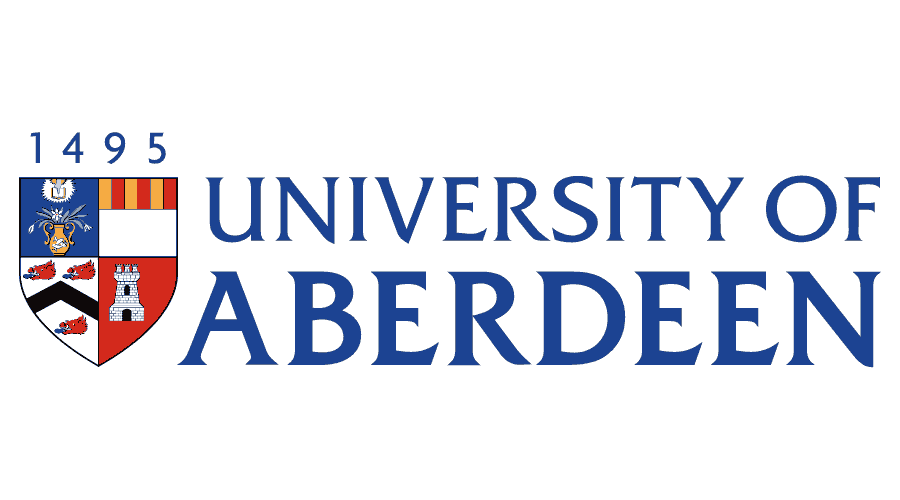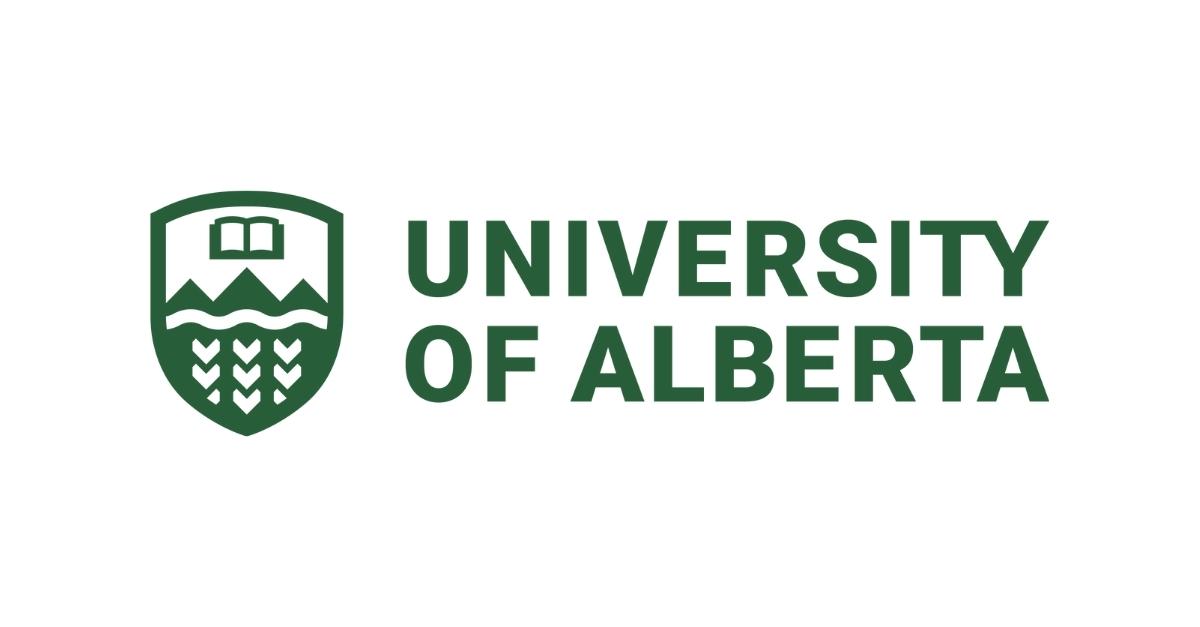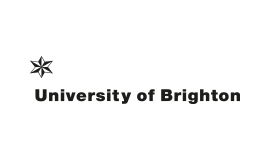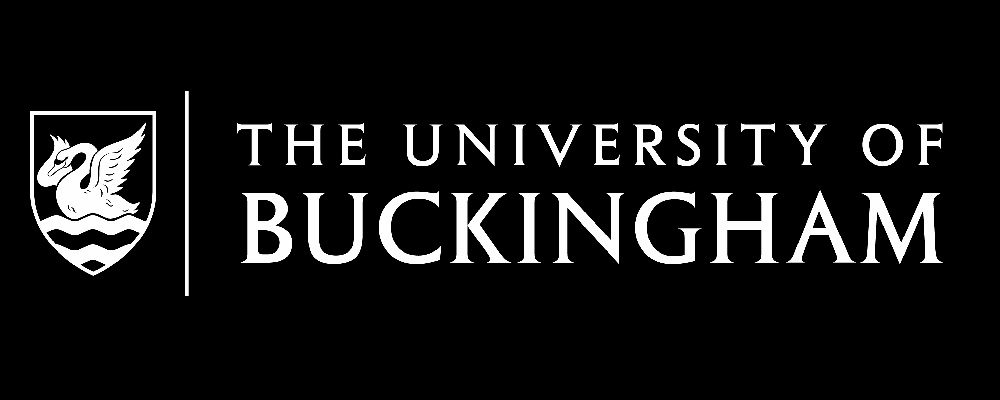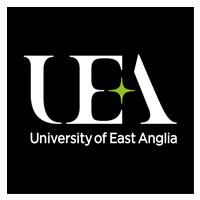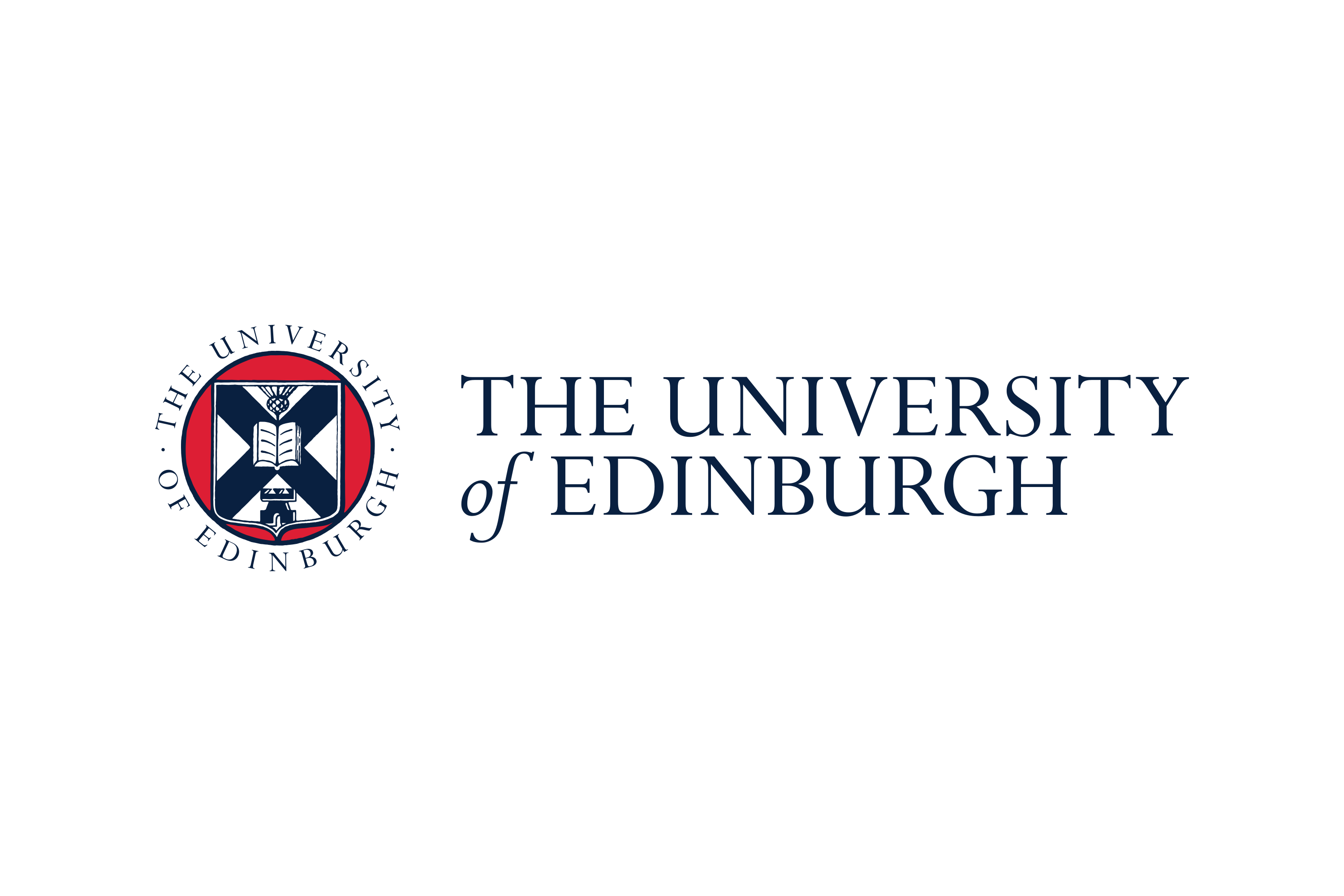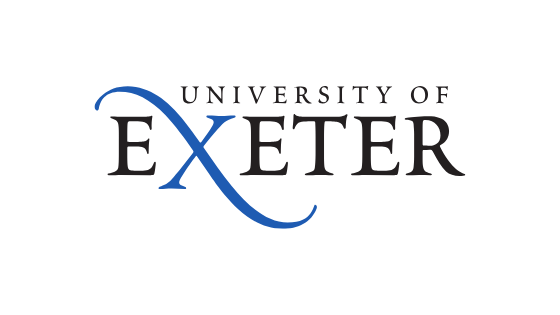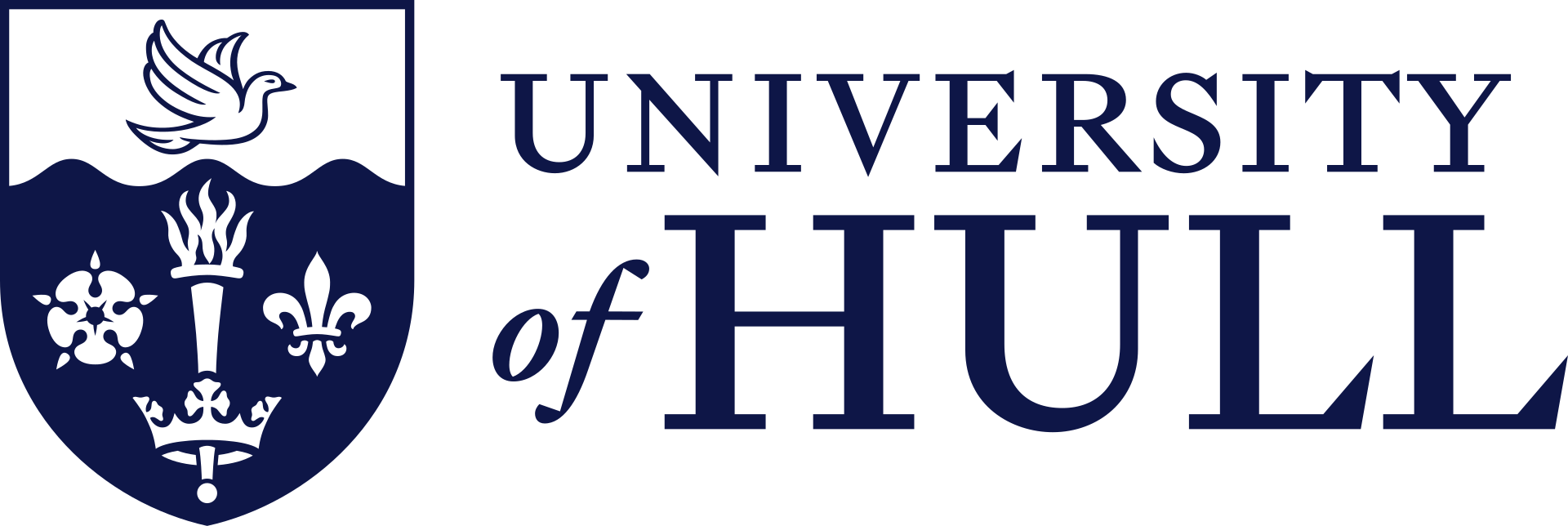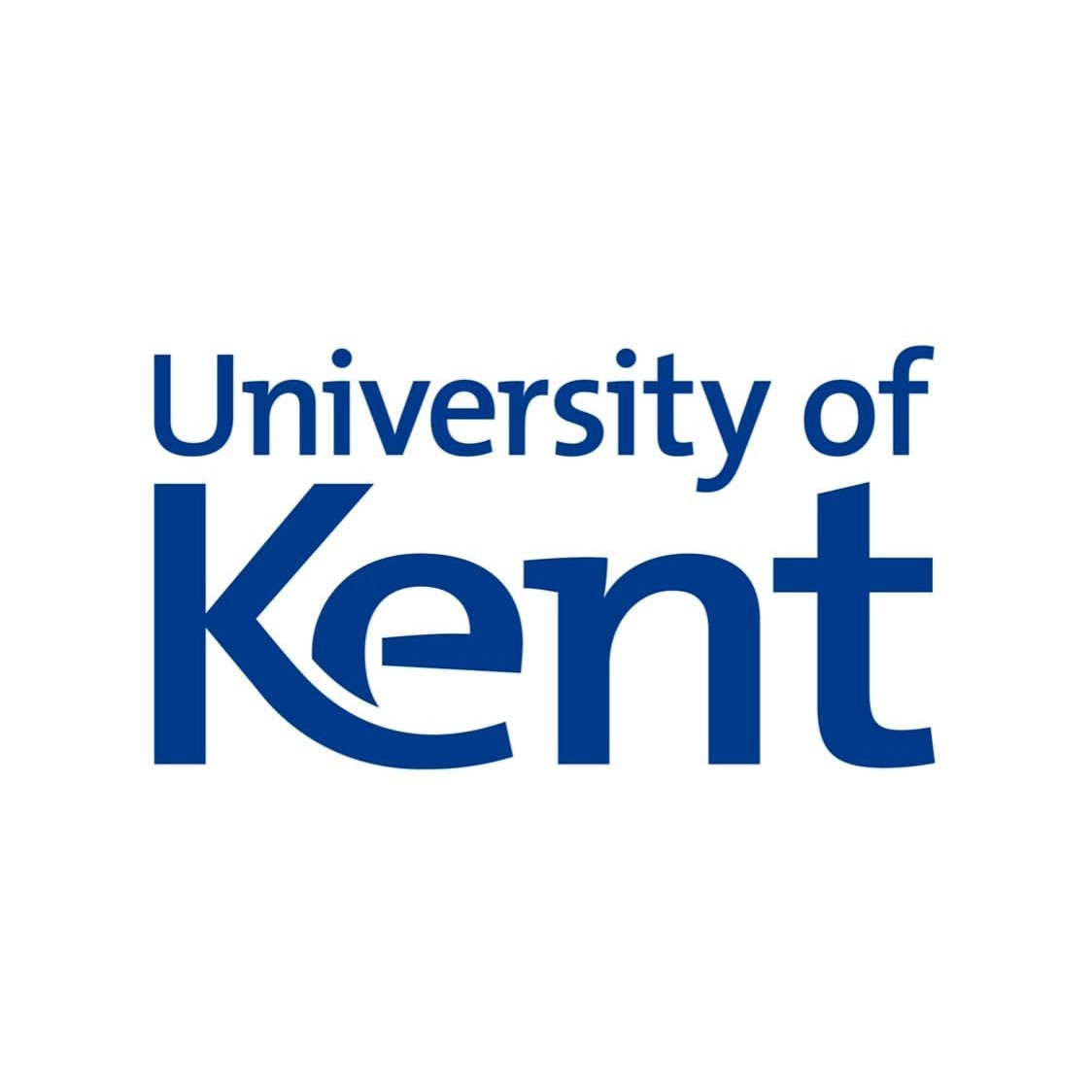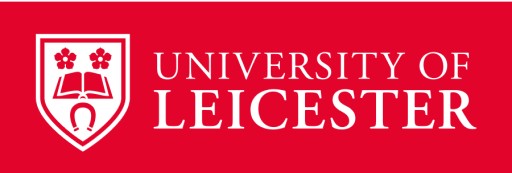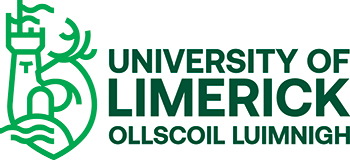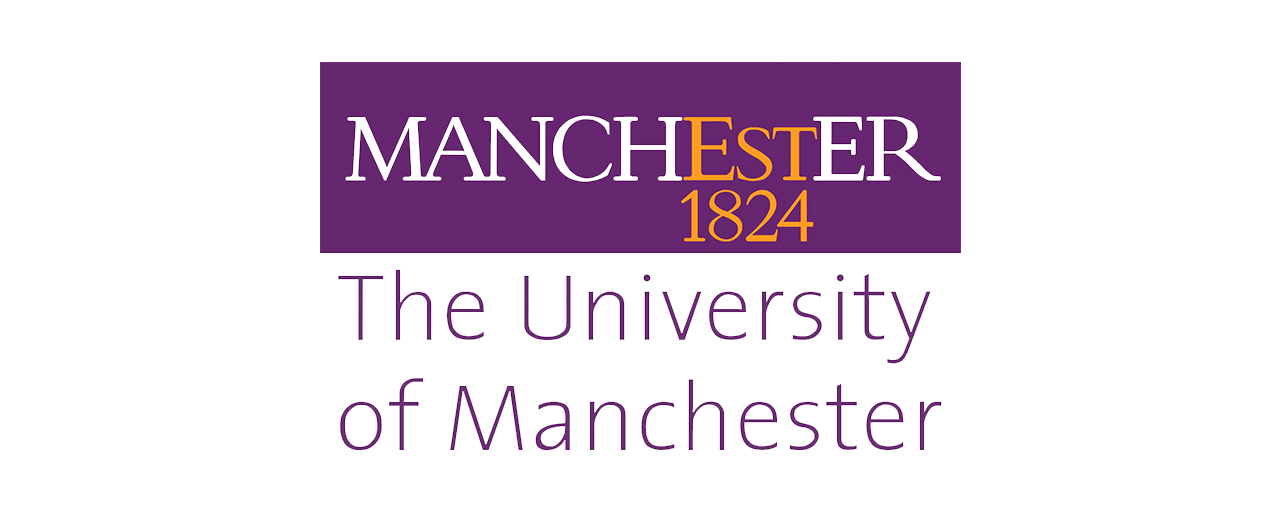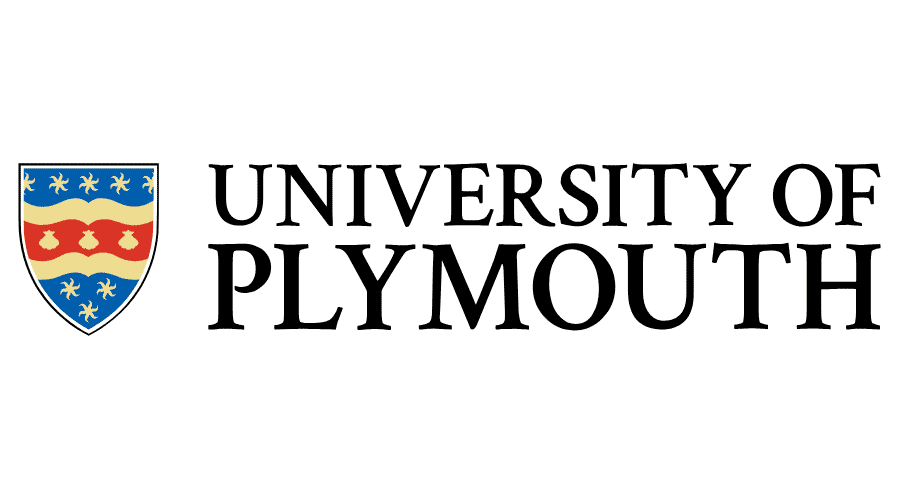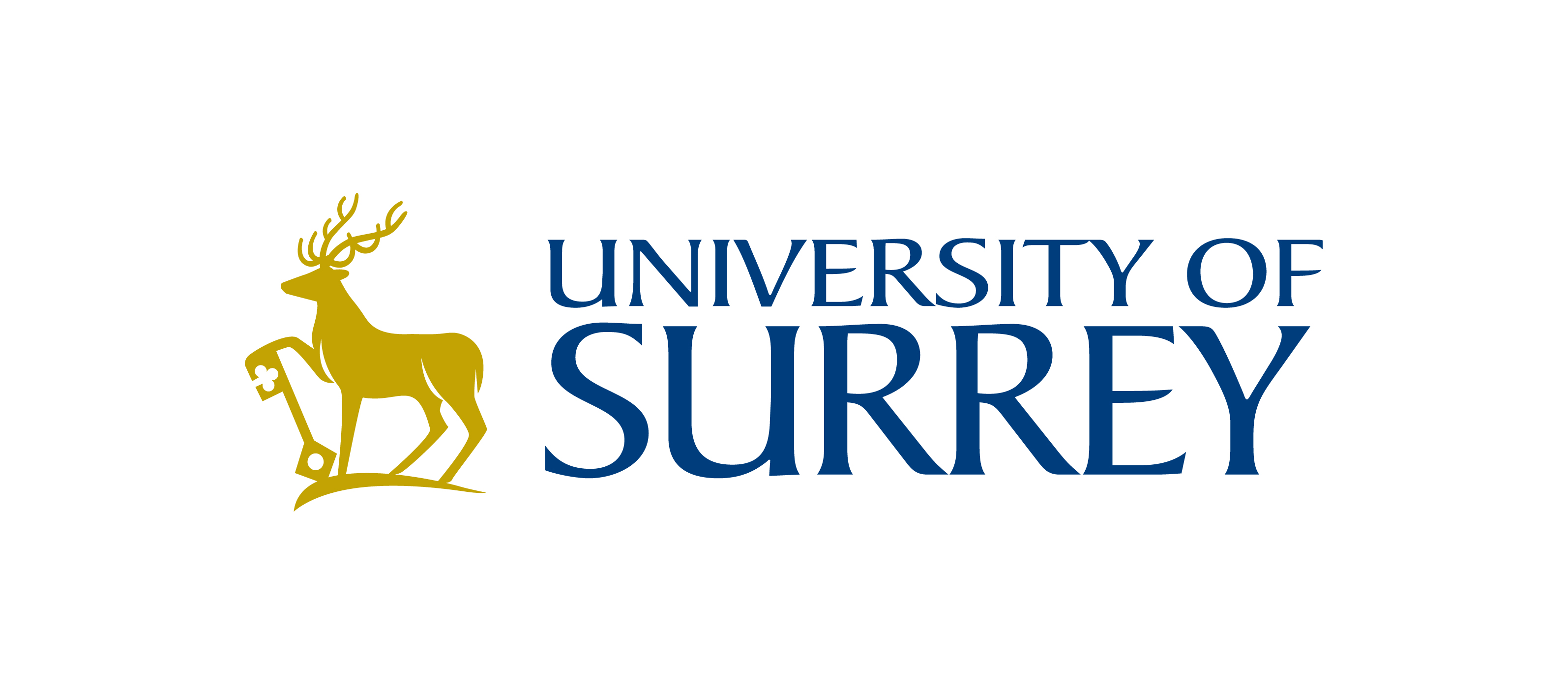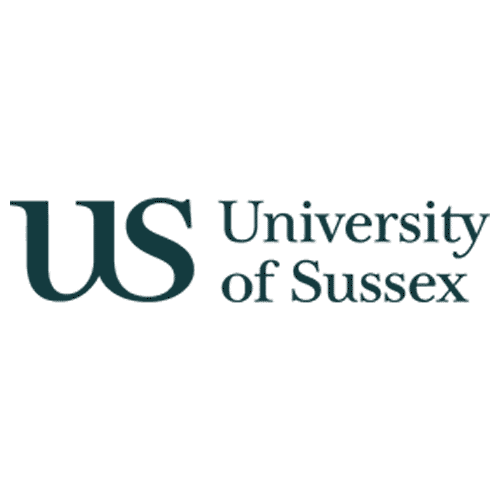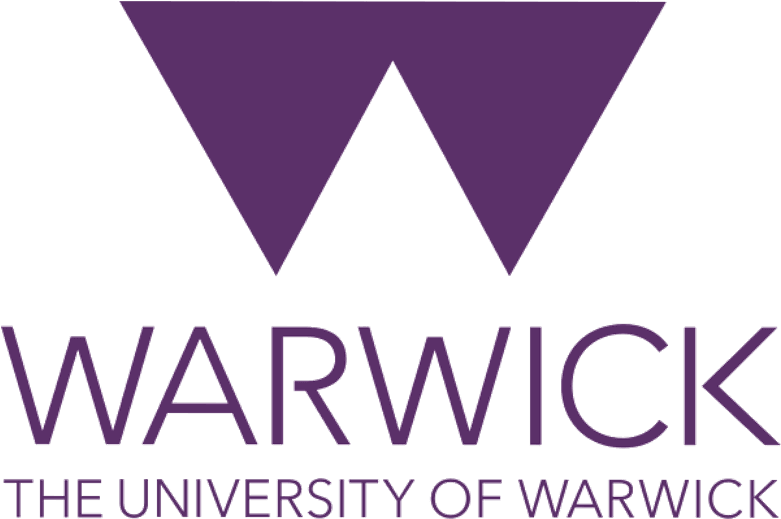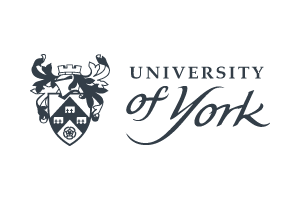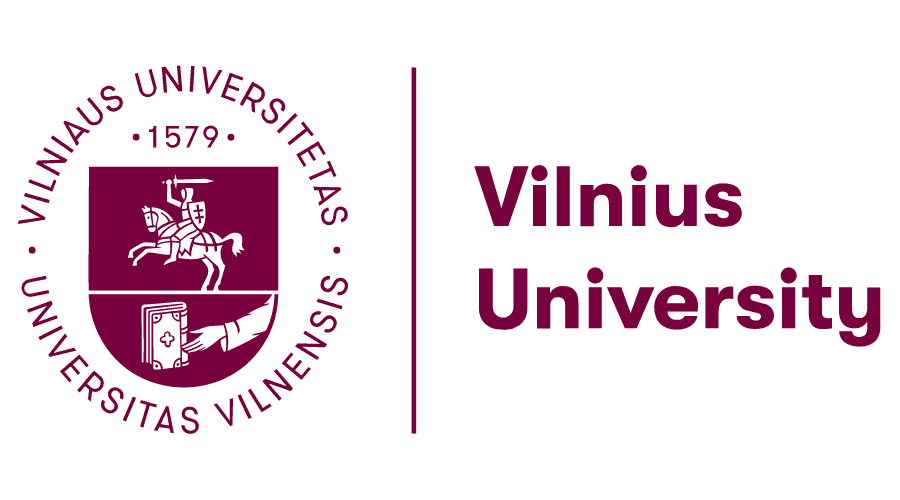Study Medicine Abroad: A Gateway to Global Healthcare Excellence
Embark on a transformative journey in medicine by studying abroad. For Indian students aspiring to become doctors, pursuing an MBBS or MD degree internationally offers world-class education, cutting-edge research opportunities, and international exposure. With the growing demand for skilled healthcare professionals, studying medicine abroad can open doors to prestigious careers worldwide.
Why Choose to Study Medicine Abroad as an Indian Student?
India's medical education system is competitive, with limited seats in top colleges. Studying abroad provides access to advanced facilities, diverse clinical experiences, and globally recognized qualifications. Here's why thousands of Indian students opt for international medical programs:
- Superior Infrastructure and Technology: Foreign universities boast state-of-the-art labs, simulation centers, and hospitals for hands-on training.
- Global Recognition: Degrees from accredited institutions are often recognized by the National Medical Commission (NMC) in India, allowing graduates to practice after clearing the Foreign Medical Graduate Examination (FMGE).
- English-Medium Instruction: No language barriers, making it ideal for Indian students.
- Research and Innovation: Exposure to groundbreaking medical research and interdisciplinary studies.
- Cultural Diversity: Interact with students from around the world, enhancing soft skills and global perspectives.
- Affordable Options: Countries like Russia, Ukraine, and the Philippines offer cost-effective programs compared to private Indian colleges.
Moreover, studying abroad helps bypass the intense competition of NEET in India, providing a stress-free path to a medical career.
Top Destinations for Studying Medicine Abroad
Choosing the right country is crucial. Below is a comparison of popular destinations for Indian students, highlighting key features, costs, and recognition.
| Country | Duration | Average Tuition (INR per year) | Key Universities | NMC Recognition | Pros for Indians |
|---|---|---|---|---|---|
| USA | 4 years (MD after pre-med) | 30-50 lakhs | Harvard, Johns Hopkins | Yes (post-FMGE) | Top-ranked programs, high salaries |
| UK | 5-6 years (MBBS) | 25-40 lakhs | Oxford, Imperial College | Yes | Prestigious degrees, NHS exposure |
| Australia | 5-6 years | 20-35 lakhs | University of Melbourne, Sydney | Yes | Practical training, post-study work visa |
| Canada | 4 years (MD) | 25-45 lakhs | University of Toronto, McGill | Yes | High-quality healthcare system, immigration pathways |
| Germany | 6 years (no tuition for public) | Minimal (living costs ~10 lakhs) | Heidelberg, Munich | Yes (with conditions) | Free education, strong research focus |
| Russia | 6 years | 3-6 lakhs | Moscow State, Sechenov | Yes | Affordable, English programs, many Indian students |
| Philippines | 5-6 years | 2-5 lakhs | University of Perpetual Help | Yes | US-patterned curriculum, tropical climate |
Each destination caters to different preferences—budget-friendly options in Eastern Europe or premium experiences in the West. Indian students often prefer Russia and the Philippines for affordability and cultural similarities.
Eligibility Criteria and Admission Requirements
To pursue medicine abroad, Indian students must meet specific criteria. Most programs require:
- Academic Qualifications: 10+2 with Physics, Chemistry, Biology (PCB), and minimum 50-60% aggregate. NEET qualification is mandatory for NMC recognition.
- Entrance Exams: Depending on the country—MCAT for USA/Canada, BMAT/UKCAT for UK, or university-specific tests.
- English Proficiency: IELTS (6.5+ band) or TOEFL (80+ score). Some countries waive this for Indian students.
- Age Limit: Typically 17-25 years.
- Documents: Passport, academic transcripts, recommendation letters, and a statement of purpose.
Note: Always verify NMC guidelines to ensure the program is eligible for FMGE. Pre-medical foundation courses may be required for some countries like the UK if your PCB background is insufficient.
Course Structure and Curriculum
International medical programs are rigorous, blending theoretical knowledge with practical skills. A typical MBBS/MD course spans 5-6 years, divided into:
- Pre-Clinical Phase (Years 1-2): Focus on basic sciences—Anatomy, Physiology, Biochemistry, and Pharmacology. Lectures, labs, and dissections build foundational knowledge.
- Clinical Phase (Years 3-5): Rotations in hospitals covering Internal Medicine, Surgery, Pediatrics, Gynecology, and Psychiatry. Emphasis on patient interaction and diagnostics.
- Internship (Year 6): Mandatory supervised practice in affiliated hospitals, preparing for real-world challenges.
Many programs incorporate problem-based learning (PBL), where students solve clinical cases in groups. Electives in specialties like cardiology or neurology allow customization. For Indian students, the curriculum aligns with USMLE or PLAB for further specialization abroad.
Costs Involved and Financial Aid Options
Studying medicine abroad requires careful financial planning. Breakdown of expenses:
- Tuition Fees: Varies widely—INR 2-5 lakhs in budget countries to 50 lakhs in the USA.
- Living Costs: INR 5-15 lakhs per year, including accommodation (hostels/dorms), food, and transport.
- Other Expenses: Visa (INR 10,000-20,000), insurance (INR 20,000/year), books/travel (INR 50,000).
- Total Estimate: INR 20-80 lakhs for the entire course, depending on destination.
Scholarships ease the burden. Indian students can apply for:
- ICCR Scholarships: Government-funded for Asian students, covering tuition and stipend.
- University-Specific Aid: Merit-based at places like University of Toronto.
- Indian Government Schemes: Dr. Manmohan Singh Scholarship for UK, or state-level aids.
- Loans: Education loans from SBI or HDFC with low interest for abroad studies.
Part-time jobs (up to 20 hours/week) in countries like Australia can help cover living costs.
Career Opportunities After Graduation
A medical degree from abroad equips you for diverse paths. Post-graduation:
- In India: Clear FMGE to practice or pursue PG via NEET-PG. Many returnees join private hospitals or start clinics.
- Abroad: Residency programs—USMLE for USA, PLAB for UK. High earning potential: INR 1-2 crore annually in the US.
- Specializations: Options in surgery, radiology, or public health. Global demand for Indian doctors is rising due to skills and English proficiency.
- Research and Academia: PhD opportunities in medical research, contributing to innovations like telemedicine.
With telemedicine and international collaborations growing, your global degree enhances employability in India's healthcare sector too.
Step-by-Step Application Process
Navigating applications can be straightforward with guidance:
- Research and Shortlist: Select 3-5 universities based on rankings and NMC approval.
- Prepare Documents: Gather transcripts, NEET scorecard, and English test results.
- Apply Online: Through university portals or centralized systems like UCAS (UK). Deadlines: September-January for fall intake.
- Entrance Exams/Interviews: Attend if required; prepare via coaching.
- Visa Application: Student visa with proof of funds and acceptance letter. Processing: 4-8 weeks.
- Pre-Departure: Attend orientation, arrange accommodation, and get health insurance.
Consultancies like ours can assist with personalized counseling, ensuring a smooth transition.
Frequently Asked Questions (FAQs)
Q: Is NEET mandatory for studying abroad?
A: Yes, for NMC recognition and FMGE eligibility.
Q: Can I practice in India after studying abroad?
A: Absolutely, after passing FMGE and completing a one-year internship.
Q: What if I don't clear FMGE?
A: You can retake it (twice a year) or pursue allied health fields like medical research.
Q: Are there any safety concerns for Indian students abroad?
A: Reputed universities provide safe campuses; countries like Canada and Australia rank high on safety indices.
Q: How does the course compare to Indian MBBS?
A: Similar core subjects but with more emphasis on practicals and research abroad.
Studying medicine abroad is an investment in your future. With dedication, it leads to a rewarding career in healthcare. Contact us for expert guidance tailored to your dreams!



